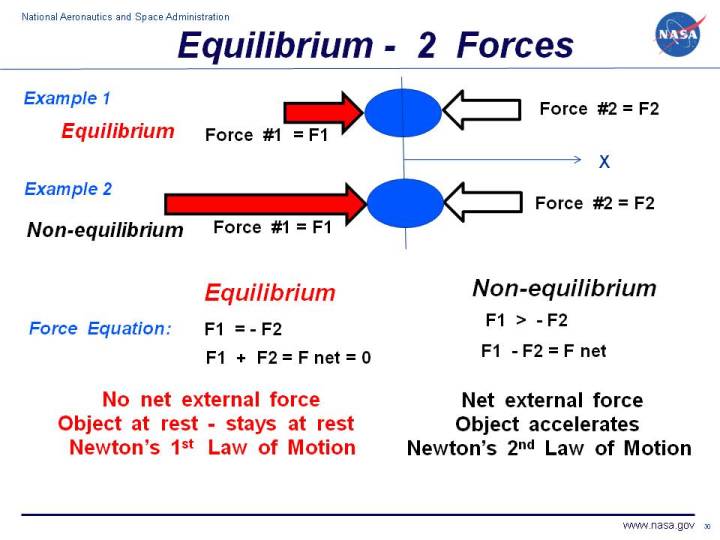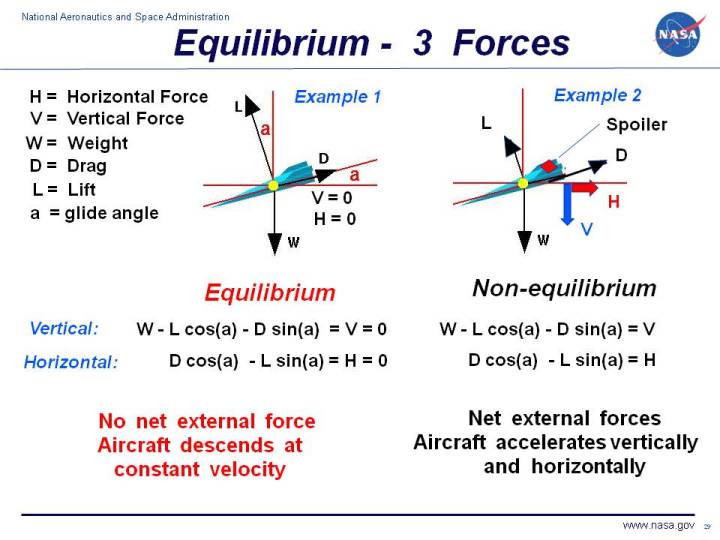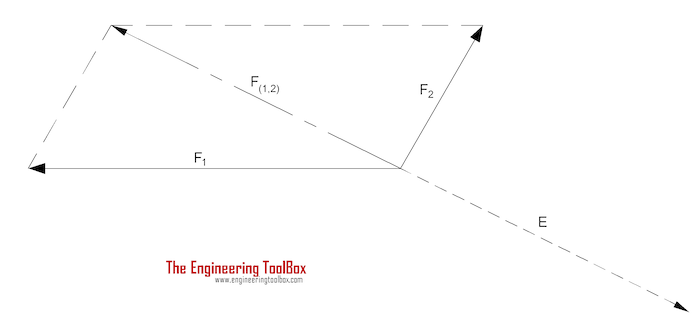Distinguish Between Resultant And Equilibrant Forces
Equilibrant is a force that is exactly opposite to a resultant. Hence equilibrant of a system of forces is a single force which acts along with the other forces to keep the body in equilibrium.

What Are The Equilibrium Of Forces And Resultant Force Firstalert In
Calculate the magnitude of F 1 and F 2.

Distinguish between resultant and equilibrant forces. If we add six newtons north to six newtons north we get a resultant force of 12 newtons north. A body is said to be in equilibrium which the resultant of the system of forces acting on it is zero. Equilibrant Force F Q The equilibrant force is the single force that if applied at the same point equal in magnitude and opposite on direction that produces equilibrium.
The resulting quantities are the x- and y-components of the resultant. Summary A number of forces acting on an object are in equilibrium if their vector sum resultant is equal to. An equilibrant of number of forces acting on a body is a single force which cancels the effect of resultant of a system of forces or which brings the system and the body is equilibrium.
HttpsengineersacademyLearn how to determine the resultant and equilibrant force for a system of two or more forces. Resultant net force causes the displacement of a body ie. Since they are forces at right angles to each other they are combined by the Pythagorean Theorem.
If a body is in equilibrium it will continue its state of rest or. Forces are said to be in equilibrium when the resultant force is zero. A resultant force is the sum of the forces on an object.
Find out more about the Engineers Aca. A resultant force is the sum of the forces on an object. For example if the.
Resultant is a single force that can replace the effect of a number of forces. The angle of the resultant is found by the fact that the ratio of the y. Resultant force is that single force which acting alone will have the same effect in magnitude and direction as two or more forces acting together while equilibriant force is the single force that will balance all the other forces taken together.
Is that equilibrium is the condition of a system in which competing influences are balanced resulting in no net change while equilibrant is a force equal to but opposite of the resultant sum of vector forces. The force which brings the set of forces in equilibrium is called an equilibrant. Science Submitted By kathleenpascual Words 700.
Let us analyze with fig. The equilibrant vector brings the sum of all vectors to zero. Given System of forces.
What are the differences between resultant force and equilibrium force. Forces are said to be in equilibrium when the resultant force is zero. This means the object wi.
It is usually computed by the component method given two or more known forces. Difference Between Resultant and Equilibrant In. A resultant force would cause a stationary object to start moving or an object with a given velocity to speed up or slow down or change directions such that velocity of the object changes.
If we add six newtons north to six newtons north we get a resultant force of 12 newtons north. That force which balances other forces thus bringing an object to equilibrium. Show the relationship between the equilibrant and the resultant force Explain the triangle of forces Challenge Question Three forces in equilibrium are indicated by the triangle of forces above.
Resultant force makes the object move whereas equilibrant force keeps it in equilibrium. An object is in equilibrium when the net force on a body is zero. The difference between a resultant and equilibrant vector is that resultant vector is a direct quantity one with both magnitude and direction while the equilibrant vector is a force equal to but opposite of the resultant sum of vector forces that force which balances other forces thus bringing an object to.
State triangle law of forces. Differentiate the Resultant and Equilibrant of two forces. This equilibrant force is equal to the resultant force in magnitude but opposite in nature.
The difference between a resultant and equilibrant vector is that resultant vector is a direct quantity one with both magnitude and direction while the equilibrant vector is a force equal to but opposite of the resultant sum of vector forces that force which balances other forces. Equilibrant keeps the body at rest ie. It balances with all the vectors and its magnitude is equal to the resultant vector but just opposite in direction.
However if another force which is equal in the magnitude of the resultant force but opposite in the direction is applied to the body the body becomes in a rest position.

Find Equilibrant Force When Three Forces Are Acting On A Particle Vectors Application Youtube
What Are The Differences Between Resultant Force And Equilibrium Force Quora

Mechanics Of Solids Coplanar Concurrent Forces Ii Resultant Force Mechanic Force Engineering

What Are The Differences Between Resultant Force And Equilibrium Force Quora

Aim How Do We Add Force Vectors What Is An Equilibrant Vector Do Now Sam And Joey Are Fighting Over A Toy Sam Pulls With A Force Of 30n To The Left

Question Exploration What Is The Equilibrant Intro To Static Equilibrium Instructional Methods Critical Thinking Skills Ap Physics

Equilibrant Of Three Forces In Three Dimension Vectors Resultant And Equilibrium Youtube

Moment Vs Couple I Coplaner Non Concurent Forces I Mechanics Of Solids I Lect 29 Youtube In This Moment Engineering Mechanic

Analysing Forces In Equilibrium 2 Equilibrium Force Physics

Mechanics Of Solids Principle Of Superposition Of Forces Principles Mechanic Force



Post a Comment for "Distinguish Between Resultant And Equilibrant Forces"